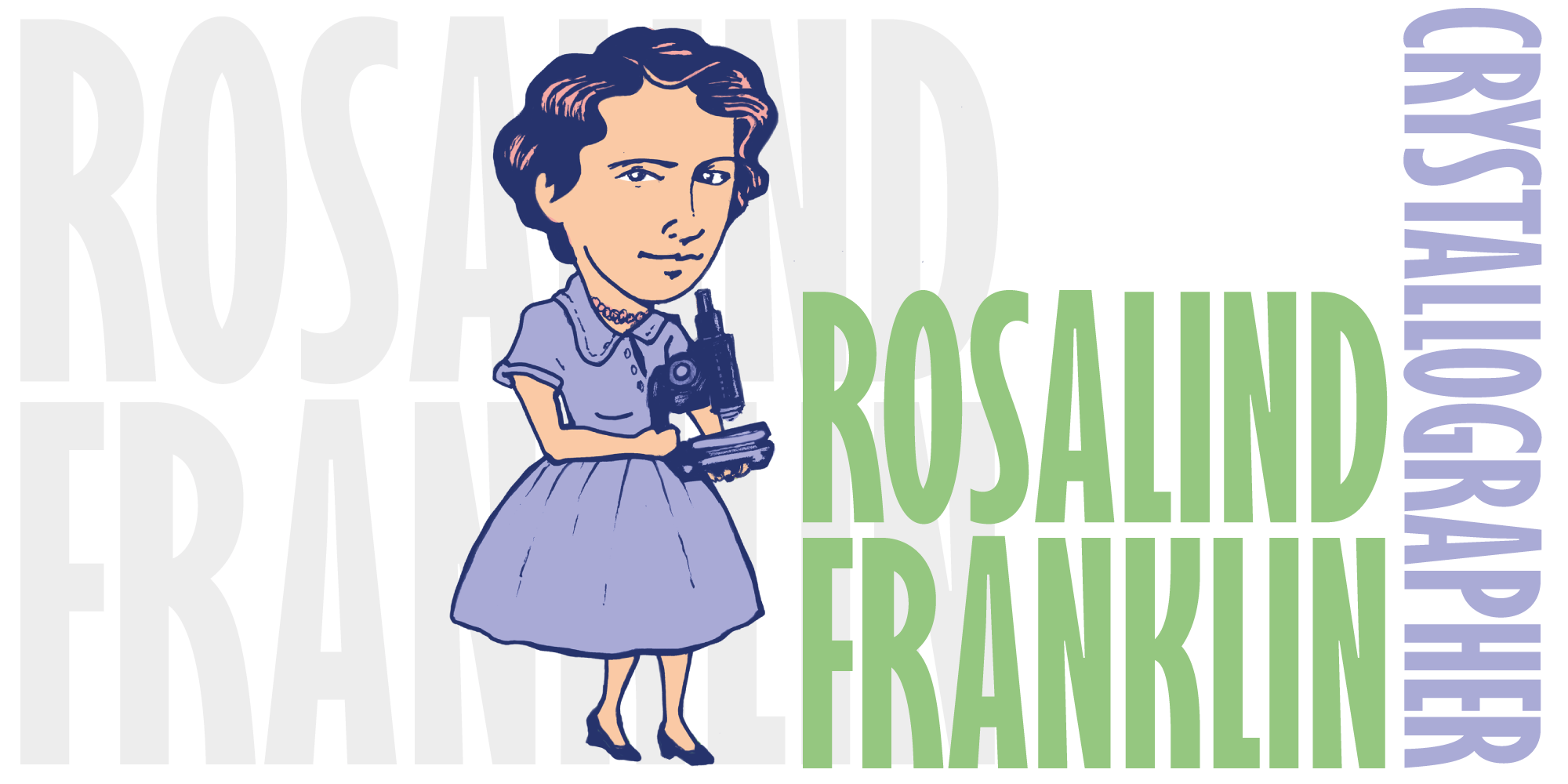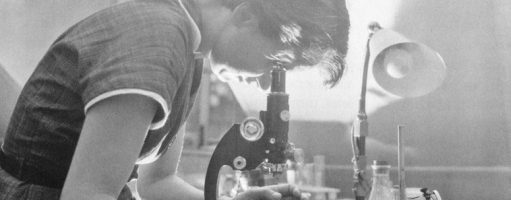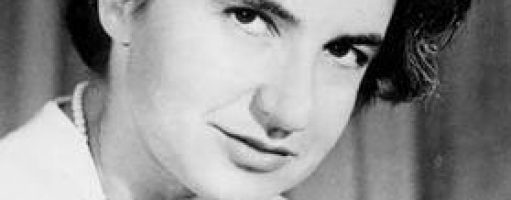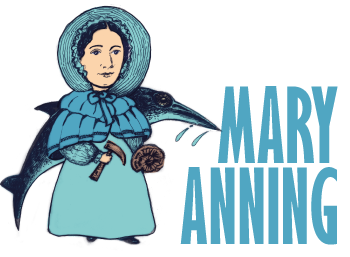When and where was she born?
Rosalind Elsie Franklin was born on 25 July 1920, in Notting Hill, London. She died on the 16 April 1958 aged 37 of cancer in Chelsea, London.
Fun facts
- Rosalind was awarded a research fellowship at Cambridge but gave it up in 1942 to help the war effort, by researching the physical chemistry of carbon and coal for British Coal Research Association;
- During World War II she volunteered as a London Air Raid warden;
- In 1946, she joined a research lab in Paris where she perfected her skill sin X-ray crystallography;
- She loved travelling abroad and hiking. Although some of her colleagues found her difficult to work with, other enjoyed her wit and sense of humour.
What’s important about her scientific work?
In 1951 while working as a research associate at King’s College London, Rosalind and her assistant Raymond Gosling made an amazing discovery: they managed to take photos of the structure of DNA using X-Ray exposure (100 hours!), finding two types. One of their photos ‘Photograph 51’, was of utmost importance in identifying the structure of DNA. She also contributed new insight into the structures of viruses, helping to create a new area of science – structural virology.
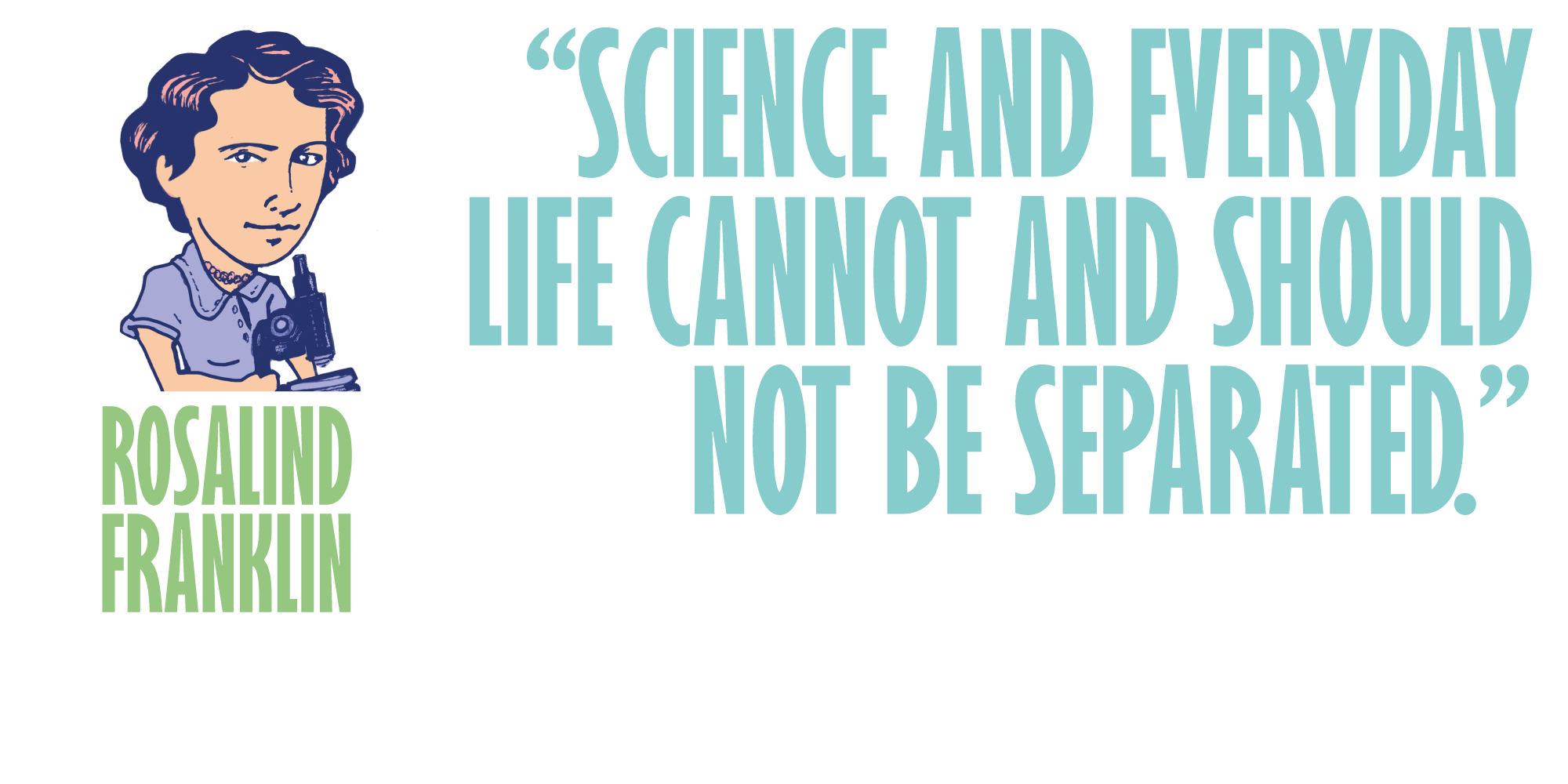
What do we know about her childhood?
Rosalind was born to a wealthy Jewish family who valued education and public service. They helped Jewish refugees who had escaped the Nazis. She went to St Paul’s Girls’ School in London, one of the few to teach girls physics and chemistry She then went to study Natural Sciences at Newnham College, Cambridge from which she graduated in 1941.
What struggles did she face?
- Two scientists Crick and Watson used her findings including Photo 51 for their research into DNA and the double helix without asking her permission. They later won the Nobel prize but did not acknowledge her contribution during her life-time, although later agreed it had been critical;
- She suffered a lot of sexism with male colleagues not getting on with her, or looking down on her which meant she often had to work on her own.
- Despite being diagnosed with cancer, and having two operations, she still managed to publish 13 papers (no mean achievement!) before she died.
What did she achieve?
- She discovered the density of DNA and that the molecule existed in a double helix formation;
- She collaborated on research projects into viruses, particularly po;ioand discovered that some viruses only had a single-strand helix RNA rather than a double found in bacterial viruses and higher organisms.

